Home>Furniture>Outdoor Furniture>How To Prevent Algae Growth On A Brick Patio
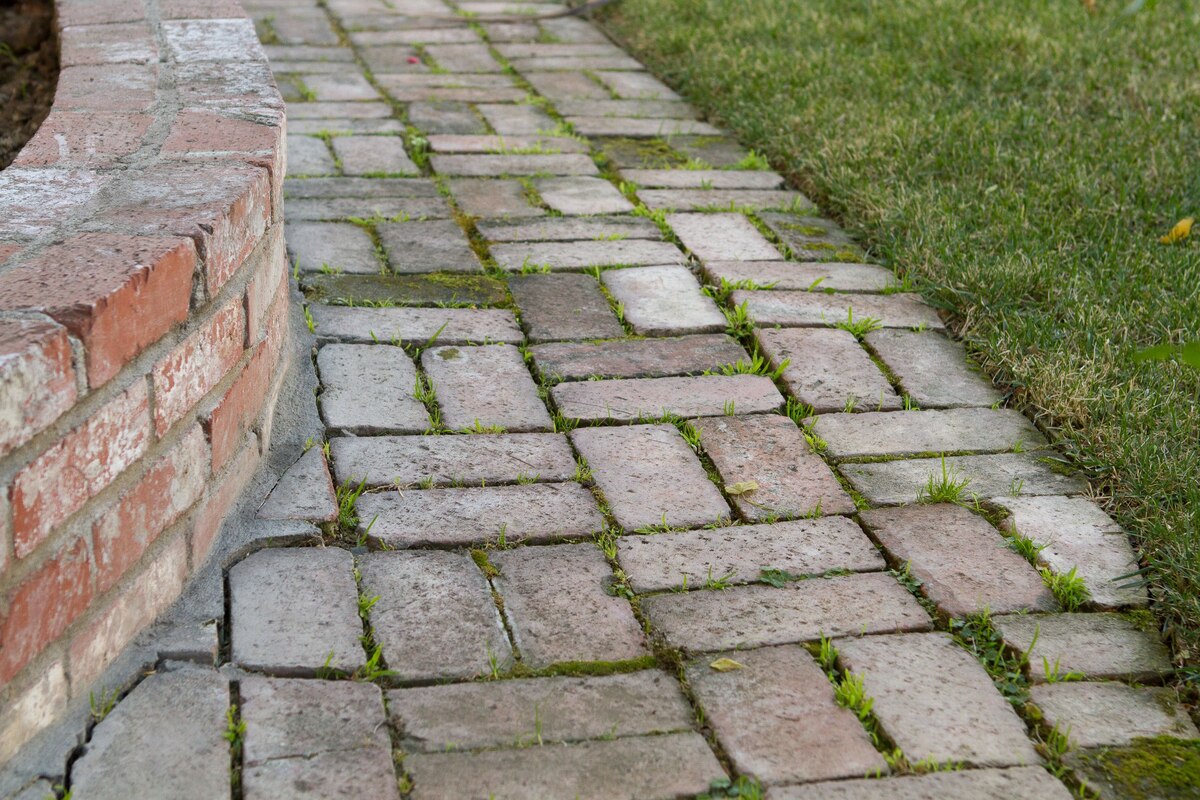

Outdoor Furniture
How To Prevent Algae Growth On A Brick Patio
Modified: October 21, 2024
Prevent algae from ruining your beautiful brick patio with these outdoor furniture care tips. Keep your outdoor living space clean and algae-free.
(Many of the links in this article redirect to a specific reviewed product. Your purchase of these products through affiliate links helps to generate commission for Storables.com, at no extra cost. Learn more)
Introduction
Welcome to your ultimate guide on how to prevent algae growth on a brick patio. A brick patio can be a beautiful addition to any outdoor space, providing an inviting area for relaxation and entertainment. However, it’s not uncommon for algae to start growing on brick surfaces, which can detract from the patio’s aesthetic appeal and even become a safety hazard. Understanding the causes of algae growth and implementing effective prevention strategies are essential for maintaining a clean and inviting brick patio.
Algae is a common issue in outdoor spaces due to its ability to thrive in a moist, shady, and humid environment. These conditions are often present on brick surfaces, especially when exposed to moisture from rain, sprinklers, or nearby vegetation. Algae can be identified by its green or black appearance, slimy texture, and a distinct odor.
Preventing algae growth on a brick patio is crucial for a few reasons. Firstly, algae can make your patio slippery and potentially dangerous, especially when wet. This poses a risk of slips and falls, particularly for children and elderly individuals. Secondly, algae can stain and discolor the brick, reducing its visual appeal and potentially requiring costly repairs. Lastly, algae growth can compromise the longevity and structural integrity of the brick, leading to cracks and damage over time.
In this comprehensive guide, we will explore the best practices and natural remedies for preventing algae growth on a brick patio. We will also provide you with additional tips to effectively maintain your brick patio and prolong its lifespan. By implementing these strategies, you can ensure a clean, safe, and beautiful outdoor space for years to come.
Key Takeaways:
- Keep your brick patio clean and safe by preventing algae growth. Regular cleaning, proper drainage, and natural remedies like vinegar and lemon juice can help maintain a beautiful outdoor space.
- Implement best practices like proper drainage, gravel borders, and oxygenating plants to prevent algae growth on your brick patio. Regular maintenance and proactive care are key to a clean and inviting outdoor space.
Read more: How To Prevent Green Algae On A Patio
Understanding the Causes of Algae Growth on Brick Patios
Algae growth on brick patios is primarily caused by the presence of moisture, shade, and organic matter. Understanding the factors that contribute to algae growth is crucial in effectively preventing and addressing this issue.
Moisture: Algae thrives in moist environments, making brick patios particularly susceptible to growth. Moisture can come from various sources, including rainfall, sprinklers, or excess water runoff from nearby areas. Porous bricks, which absorb water, provide an ideal environment for algae to flourish.
Shade: Algae prefers shady areas with limited sunlight. This is why brick patios located in heavily shaded areas or where large trees cast a shadow are more prone to algae growth. Lack of direct sunlight inhibits natural drying and limits the patio’s exposure to the sun’s natural cleaning properties.
Organic Matter: Organic matter such as fallen leaves, dirt, or debris accumulates on brick surfaces over time. These organic materials serve as a food source for algae, providing the nutrients needed for growth. Additionally, decaying organic matter can retain moisture, creating an ideal environment for algae to thrive.
Humidity: High humidity levels contribute to the growth of algae. Areas with humid climates or those close to bodies of water tend to have higher humidity levels, making algae growth more prevalent.
Poor Drainage: Inadequate drainage on your brick patio can lead to standing water, which promotes algae growth. If water cannot properly flow off the patio or gets trapped in low-lying areas, it will create a breeding ground for algae.
It is important to note that algae growth on brick patios is not only an aesthetic issue but also a potential safety hazard. As algae accumulates, the patio surface can become slippery and pose a risk of falls and injuries, especially when wet.
By understanding the causes of algae growth on brick patios, you can take proactive measures to prevent its occurrence. In the following sections, we will explore the best practices and effective methods to prevent and combat algae growth, keeping your brick patio clean, safe, and inviting.
Importance of Preventing Algae Growth
Preventing algae growth on your brick patio is not just about maintaining its visual appeal; it also plays a significant role in ensuring safety, preserving the longevity of the patio, and minimizing maintenance efforts. Let’s delve into the importance of preventing algae growth and the benefits it offers.
1. Safety: Algae growth can make your brick patio slippery and hazardous, particularly when wet. This poses a risk of slips, falls, and potential injuries, especially for children, the elderly, or anyone with mobility issues. By preventing algae growth, you create a safer environment for yourself, your family, and your guests.
2. Aesthetics: Algae growth on a brick patio can greatly diminish its visual appeal. The green or black stains caused by algae can create an unsightly and unkempt appearance. Regular prevention and maintenance efforts ensure that your patio remains clean, vibrant, and visually appealing, enhancing the overall aesthetics of your outdoor space.
3. Structural Integrity: Algae can penetrate the surface of the bricks and contribute to their deterioration over time. As algae grows, it can create cracks and weaken the structure of the patio. By preventing algae growth and maintaining a clean surface, you help preserve the integrity and longevity of the brick patio.
4. Reduced Maintenance: Regular cleaning and maintenance to prevent algae growth can save you time, effort, and money in the long run. Algae requires more intensive cleaning methods and potentially the use of harsh chemicals. By implementing preventive measures, you can minimize the need for extensive cleaning or costly repairs down the line.
5. Longer Lifespan: A brick patio that is properly cared for and protected from algae growth is likely to have a longer lifespan. Algae can speed up the deterioration process, leading to the need for replacements or repairs sooner than expected. By preventing algae growth, you can extend the life of your brick patio, ensuring it remains functional and beautiful for years to come.
Ultimately, preventing algae growth not only enhances the aesthetics and safety of your brick patio but also saves you time, money, and effort. By adopting preventive measures and implementing regular maintenance routines, you can preserve the integrity of your patio, create an inviting outdoor space, and enjoy its benefits for an extended period.
Best Practices for Preventing Algae Growth on Brick Patios
Preventing algae growth on your brick patio requires a combination of proactive measures, regular maintenance, and proper cleaning techniques. By following these best practices, you can effectively combat algae growth and keep your patio clean and algae-free:
- Regular Cleaning: Sweep and remove debris from your brick patio regularly to minimize the accumulation of organic matter that can promote algae growth. Use a stiff-bristled brush or a pressure washer to remove stubborn dirt or stains.
- Proper Drainage: Ensure that your patio has adequate drainage to prevent standing water. Clear gutters and downspouts to redirect water away from the patio. Consider installing a slope or using permeable pavers to facilitate water runoff.
- Trim Overhanging Branches: Prune trees and shrubs surrounding your patio to minimize shade and reduce the amount of organic matter that can fall onto the bricks. This will help create a less favorable environment for algae growth.
- Limit Moisture: Avoid excessive watering of nearby plants or flowerbeds that can lead to pooled water on the patio. Be mindful of sprinklers or automatic irrigation systems, ensuring they do not directly spray water onto the patio surface.
- Enhance Air Circulation: Allow for better air circulation around your brick patio by removing any obstructions or clutter. This will help dry out the patio surface more quickly and reduce humidity levels.
- Apply Algae Inhibitor: Consider using a commercial algae inhibitor or moss killer specifically formulated for outdoor surfaces. Follow the manufacturer’s instructions for application and reapplication to effectively prevent algae growth.
- Install a Patio Cover: If your patio receives minimal sunlight and is consistently shaded, consider installing a patio cover or awning to reduce the amount of shade and limit moisture accumulation.
- Seal the Brick Surface: Apply a breathable sealant to your brick patio to help repel water and prevent algae from penetrating the surface. Consult a professional or follow the manufacturer’s instructions for the appropriate type and application method.
- Regular Inspections: Routinely inspect your brick patio for any signs of algae growth or areas where moisture may be pooling. Address any concerns immediately to prevent further growth and potential damage.
- Proper Maintenance: Regularly maintain your patio by sweeping, removing debris, and addressing stains promptly. Consider scheduling professional cleanings or treatments to ensure a thorough and effective removal of algae and other contaminants.
By incorporating these best practices into your routine, you can significantly reduce the likelihood of algae growth on your brick patio. Consistency and proactive care are key to maintaining a clean, algae-free outdoor space.
Regularly sweep and clean your brick patio to remove debris and organic matter, which can contribute to algae growth. Additionally, consider applying a commercial algae inhibitor or using a homemade solution of water and white vinegar to prevent algae from forming.
Cleaning and Maintaining a Brick Patio to Prevent Algae Growth
Cleaning and maintaining your brick patio is essential in preventing algae growth and keeping it in pristine condition. Regular maintenance will not only maintain its aesthetic appeal but also reduce the chances of algae growth. Follow these steps to effectively clean and maintain your brick patio:
- Sweep the Patio: Start by sweeping the patio using a broom or a brush to remove loose dirt, leaves, and debris. This will prevent organic matter from accumulating and becoming a food source for algae.
- Remove Stains: Address any visible stains on your brick patio promptly. For mild stains, use a mixture of mild soap or dish detergent and water to scrub the affected areas. Tougher stains may require the use of a commercial brick cleaner or a solution of water and vinegar. Follow the manufacturer’s instructions and test the solution on a small, inconspicuous area before applying it to the entire patio.
- Scrub the Surface: Use a stiff-bristled brush or a pressure washer to scrub the brick surface thoroughly. Pay attention to areas where algae growth is more likely, such as shady spots or areas with poor drainage. Scrub in circular motions to effectively dislodge any dirt or algae buildup.
- Rinse the Patio: After scrubbing, rinse the patio with a hose or a pressure washer to remove any loosened dirt, detergent, or algae residue. Start from one end and work your way towards the other, ensuring that the entire surface is thoroughly rinsed.
- Dry the Patio: Allow the patio to air dry completely after cleaning. Avoid leaving standing water on the patio, as it can create a conducive environment for algae to grow. If necessary, use a mop or absorbent towels to dry any pooled water on the surface.
- Apply Algae Inhibitor: Consider applying an algae inhibitor or moss killer specifically formulated for brick surfaces. These products create a barrier that prevents algae growth and helps keep your patio cleaner for longer. Follow the manufacturer’s instructions for application and reapplication intervals.
- Maintain the Sealer: If your brick patio has been sealed, periodically check the sealer’s condition and reapply as needed. Sealing the bricks helps repel moisture and prevents algae growth from penetrating the surface.
- Regular Inspections: Conduct regular inspections of your brick patio to identify any signs of algae growth or areas that may require additional cleaning or maintenance. Address these concerns promptly to prevent further growth and potential damage.
- Implement Preventive Measures: Follow the best practices mentioned earlier in this guide to prevent algae growth on your brick patio. This includes maintaining proper drainage, limiting moisture exposure, and promoting good air circulation.
By regularly cleaning and maintaining your brick patio, you can effectively prevent algae growth and preserve its beauty for years to come. Remember to be consistent with your cleaning routine and address any issues promptly to minimize the risk of algae growth.
Read more: How To Clean Algae Off A Brick Patio
Natural Remedies to Prevent Algae Growth on Brick Patios
If you prefer to use natural remedies to prevent algae growth on your brick patio, there are several options available that are safe and eco-friendly. These natural remedies can be effective in inhibiting algae growth and keeping your patio clean. Here are some natural methods you can try:
- Vinegar Solution: Mix equal parts white vinegar and water in a spray bottle. Spray the solution onto the brick patio and let it sit for a few minutes. Scrub the surface with a stiff brush and rinse with water. The acidic nature of vinegar helps to inhibit algae growth.
- Lemon Juice: Squeeze fresh lemon juice onto the affected areas of your brick patio. Let it sit for a few minutes before scrubbing with a brush and rinsing with water. Lemon juice contains citric acid, which can help prevent algae growth.
- Baking Soda Paste: Mix baking soda with water to create a thick paste. Apply the paste to the algae-affected areas of your brick patio and scrub gently with a brush. Rinse with water afterward. Baking soda is a natural cleaning agent and can help remove and prevent algae growth.
- Salt: Sprinkle salt directly onto algae-covered areas of your brick patio. Let it sit for a few hours or overnight, then scrub the surface with a brush. Rinse thoroughly with water to remove the salt residue. Salt acts as a natural desiccant and helps to dry out the algae.
- Boiling Water: Pour boiling water directly onto algae-infested areas of your brick patio. Be cautious when handling boiling water to avoid burns. The hot water can help kill the algae and inhibit its growth.
- Sunlight Exposure: Where possible, maximize sunlight exposure to your brick patio. Trim back overhanging branches or foliage that casts shade on the patio. Sunlight helps to naturally dry out the surface, making it less favorable for algae growth.
- Maintaining Good Air Circulation: Ensure that there is good air circulation around your brick patio. Remove any obstructions or clutter that may hinder airflow. This helps in drying out the patio surface and reducing humidity, making it harder for algae to thrive.
- Regular Cleaning: Regularly sweep and remove debris from your brick patio to prevent the buildup of organic matter. By removing potential food sources, you create a less attractive environment for algae to grow.
It’s important to note that natural remedies may require repeated applications and ongoing maintenance to effectively prevent algae growth. Additionally, while these remedies are safe for use on brick surfaces, always test a small area first to ensure they do not cause any discoloration or damage.
By utilizing natural remedies and implementing preventive measures, you can effectively prevent algae growth on your brick patio while minimizing the use of harsh chemicals.
Additional Tips for Algae Prevention on Brick Patios
In addition to the best practices and natural remedies mentioned earlier, there are a few extra tips you can follow to further enhance algae prevention on your brick patio. These tips are designed to complement your regular cleaning and maintenance routine and help keep your patio clean and algae-free:
- Remove Organic Debris: Promptly remove any fallen leaves, twigs, or other organic debris from your brick patio. Regularly sweeping or using a leaf blower can help prevent the accumulation of organic matter that can contribute to algae growth.
- Create a Gravel Border: Consider creating a gravel border around your brick patio. Gravel allows for better drainage and can help divert excess water away from the patio surface, reducing the likelihood of algae growth.
- Introduce Oxygenating Plants: Oxygenating plants, such as watercress or water lettuce, can help oxygenate the water and reduce algae growth if you have a nearby pond or water feature. These plants can absorb excess nutrients from the water, making it less favorable for algae to thrive.
- Use a Pool Skimmer: If you have a swimming pool adjacent to your brick patio, consider using a pool skimmer to remove debris from the water. This will prevent organic matter from being carried onto the patio surface and potentially contributing to algae growth.
- Promote Good Air Circulation: Trim back any vegetation or trees that may obstruct airflow around the patio. Good air circulation helps in drying out the surface, making it less susceptible to algae growth.
- Avoid Overwatering: Be mindful of watering your lawn or garden near the brick patio. Avoid overwatering, as excessive moisture can contribute to algae growth. Water only as needed and direct the flow away from the patio.
- Maintain Water Features: If you have a fountain, pond, or other water feature near your patio, keep it clean and well-maintained. Regularly check and clean filters, remove debris, and treat the water as necessary to prevent algae growth.
- Regular Inspections: Perform regular inspections of your brick patio to identify any signs of algae growth or areas that may require attention. Promptly address any issues to prevent further growth and maintain a clean and algae-free surface.
- Seek Professional Help: If you are facing persistent algae growth or if your brick patio requires extensive cleaning, consider seeking professional assistance. Professionals can provide deep cleaning, sealing, and ongoing maintenance services to keep your patio in optimal condition.
By implementing these additional tips and incorporating them into your routine, you can further enhance algae prevention on your brick patio. Consistency in maintenance and proactive care will help ensure a clean and algae-free outdoor space that you can enjoy all year round.
Conclusion
Preventing algae growth on a brick patio is essential for both aesthetic reasons and the safety of those who use the outdoor space. By understanding the causes of algae growth and implementing effective prevention strategies, you can maintain a clean and inviting brick patio for years to come.
Regular cleaning, proper drainage, and limiting moisture exposure are key elements in preventing algae growth. Regularly inspecting and maintaining your brick patio will help identify and address any issues before they escalate. Natural remedies such as vinegar, lemon juice, and baking soda can be used to inhibit algae growth without the use of harsh chemicals.
In addition, promoting good air circulation, trimming overhanging branches, and removing organic debris are important practices to prevent algae growth. Utilizing gravel borders, incorporating oxygenating plants, and properly maintaining water features nearby can also aid in algae prevention.
By following the best practices and incorporating these additional tips, you can create a safer, cleaner, and more visually appealing brick patio. Remember to be consistent with your cleaning routine, address issues promptly, and consider seeking professional help when necessary.
With proper care and preventive measures, your brick patio can remain algae-free and provide a beautiful and enjoyable outdoor space for relaxation, entertainment, and quality time with family and friends.
So, start implementing these strategies today and take control of algae growth on your brick patio, ensuring a long-lasting, stunning outdoor space that adds value and beauty to your home.
Frequently Asked Questions about How To Prevent Algae Growth On A Brick Patio
Was this page helpful?
At Storables.com, we guarantee accurate and reliable information. Our content, validated by Expert Board Contributors, is crafted following stringent Editorial Policies. We're committed to providing you with well-researched, expert-backed insights for all your informational needs.
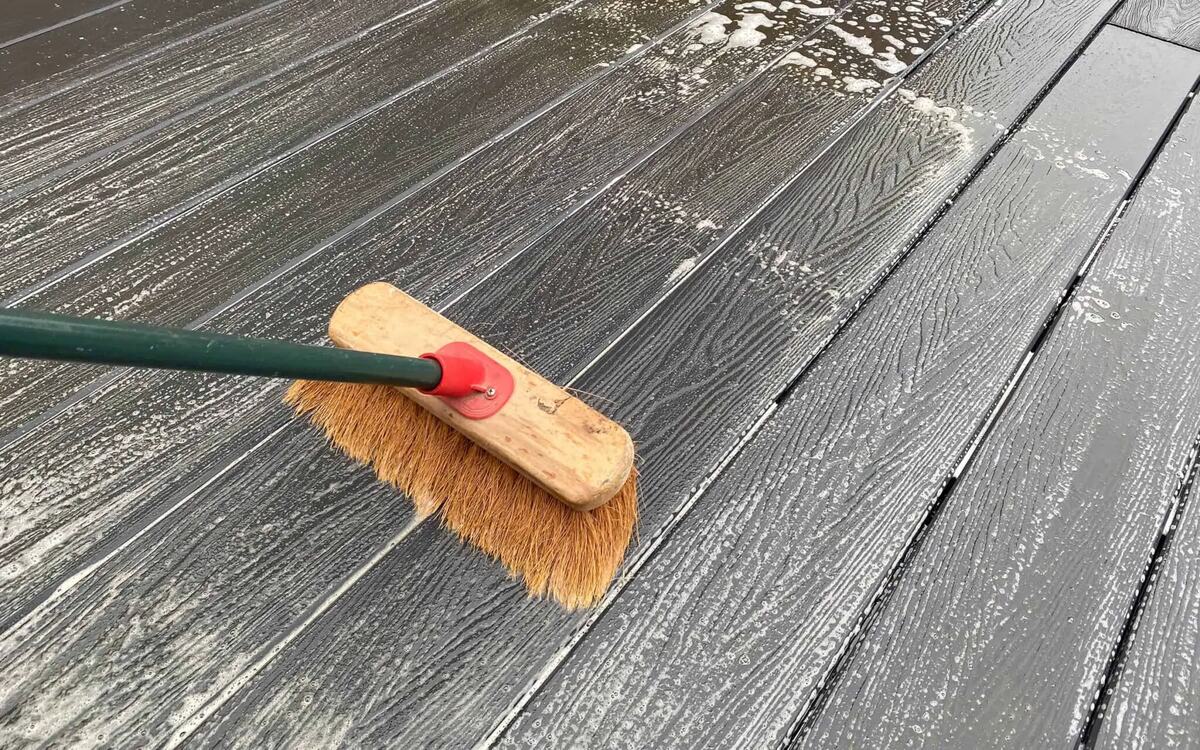
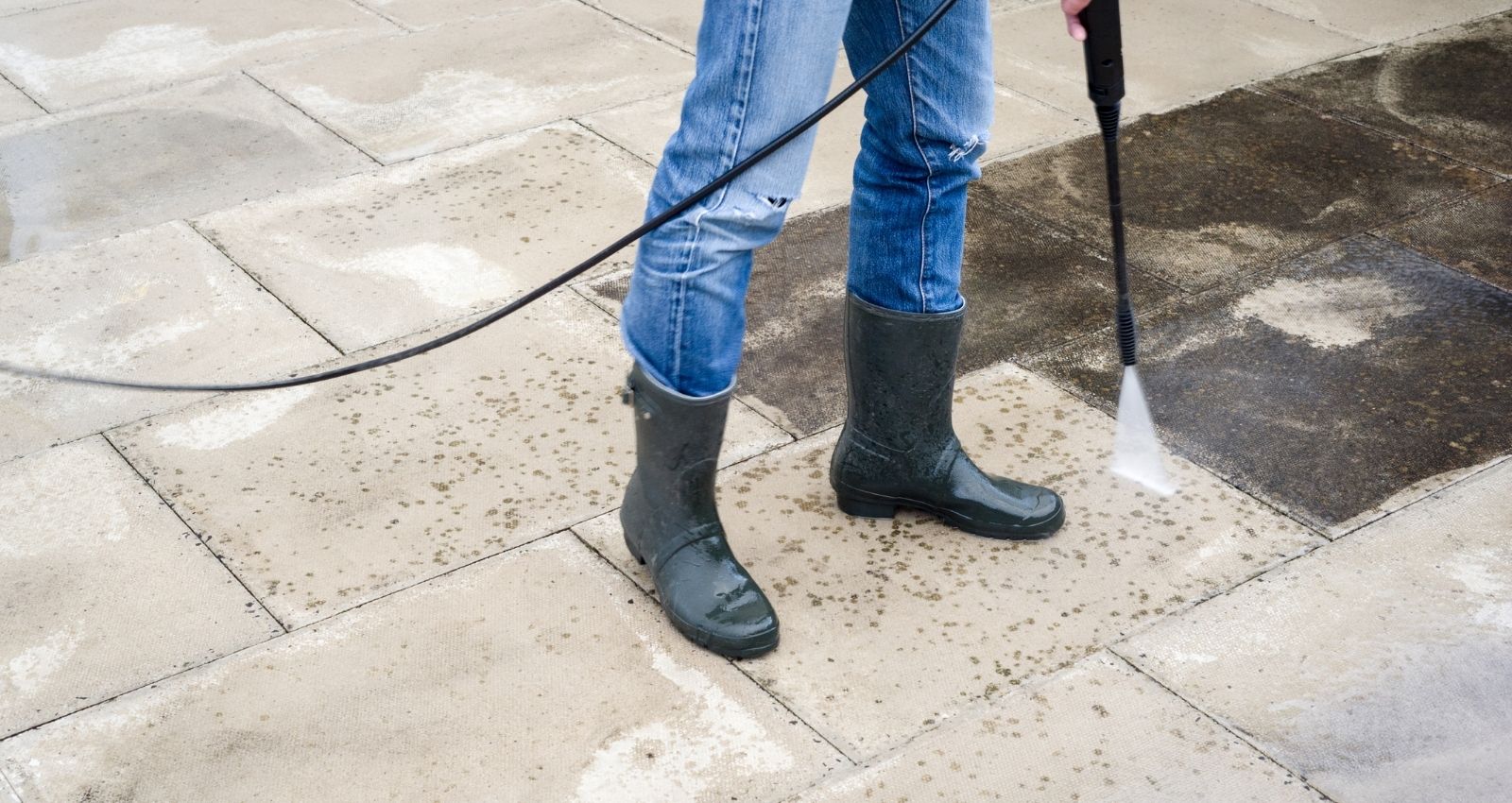
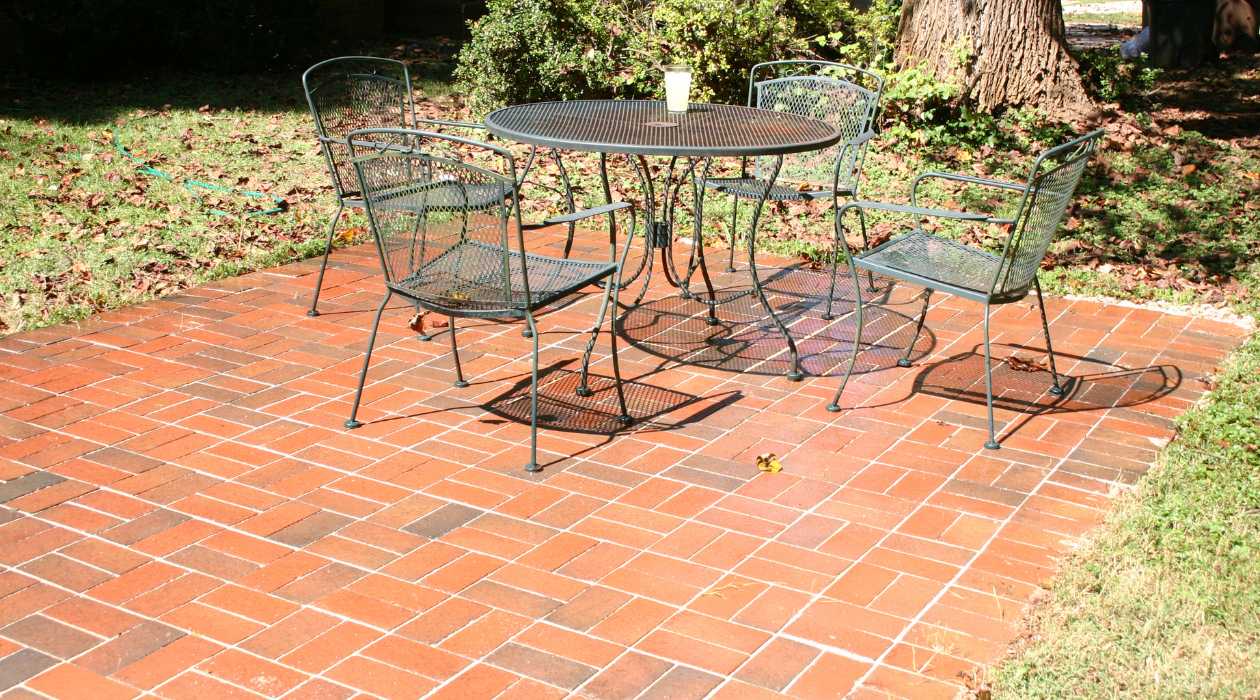

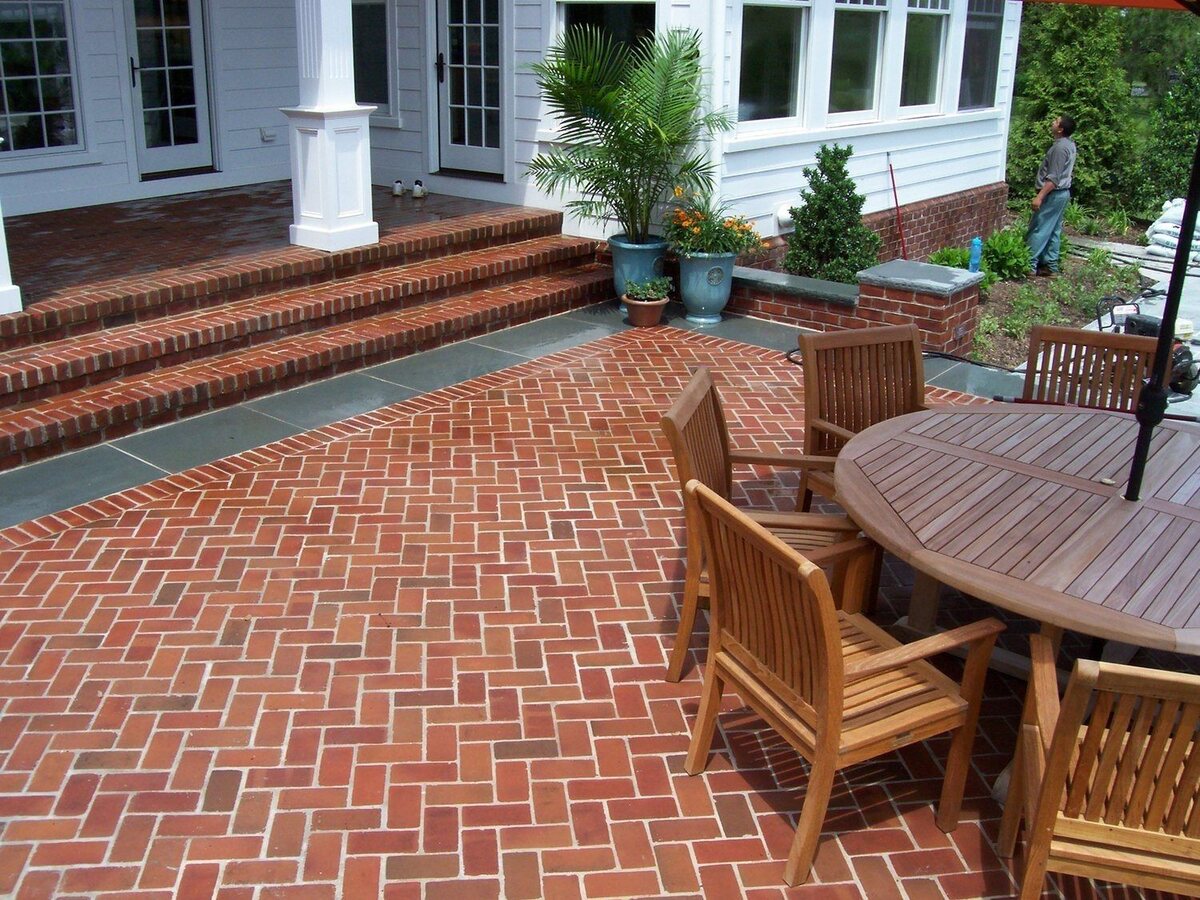
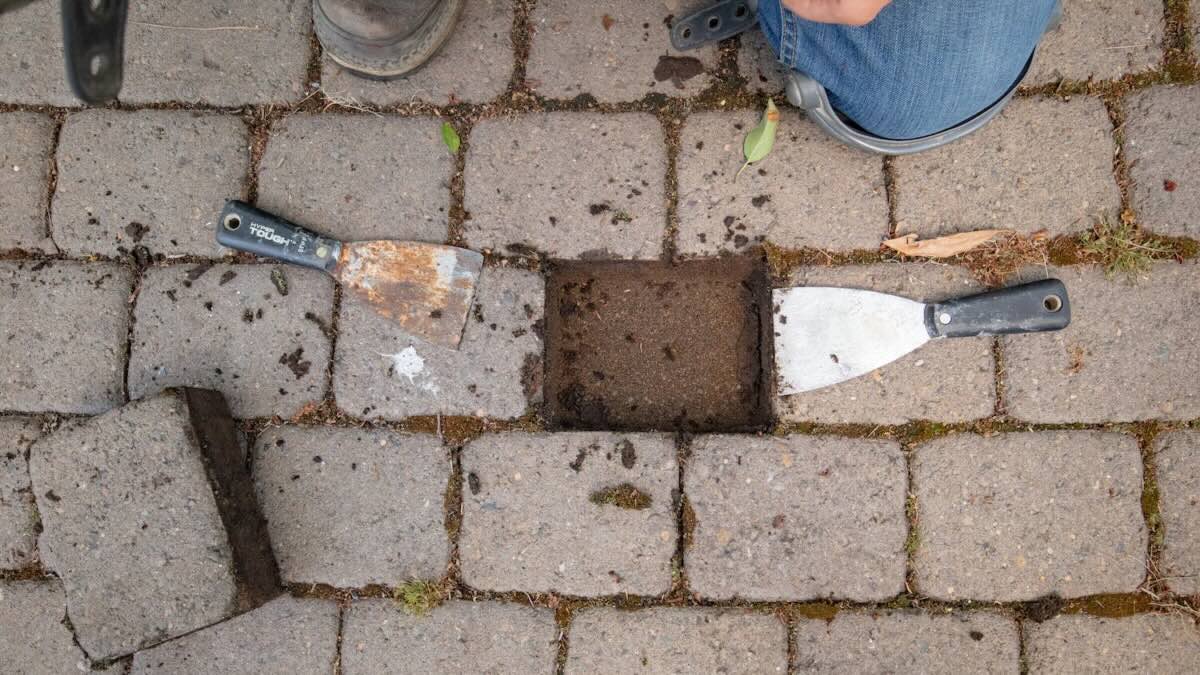
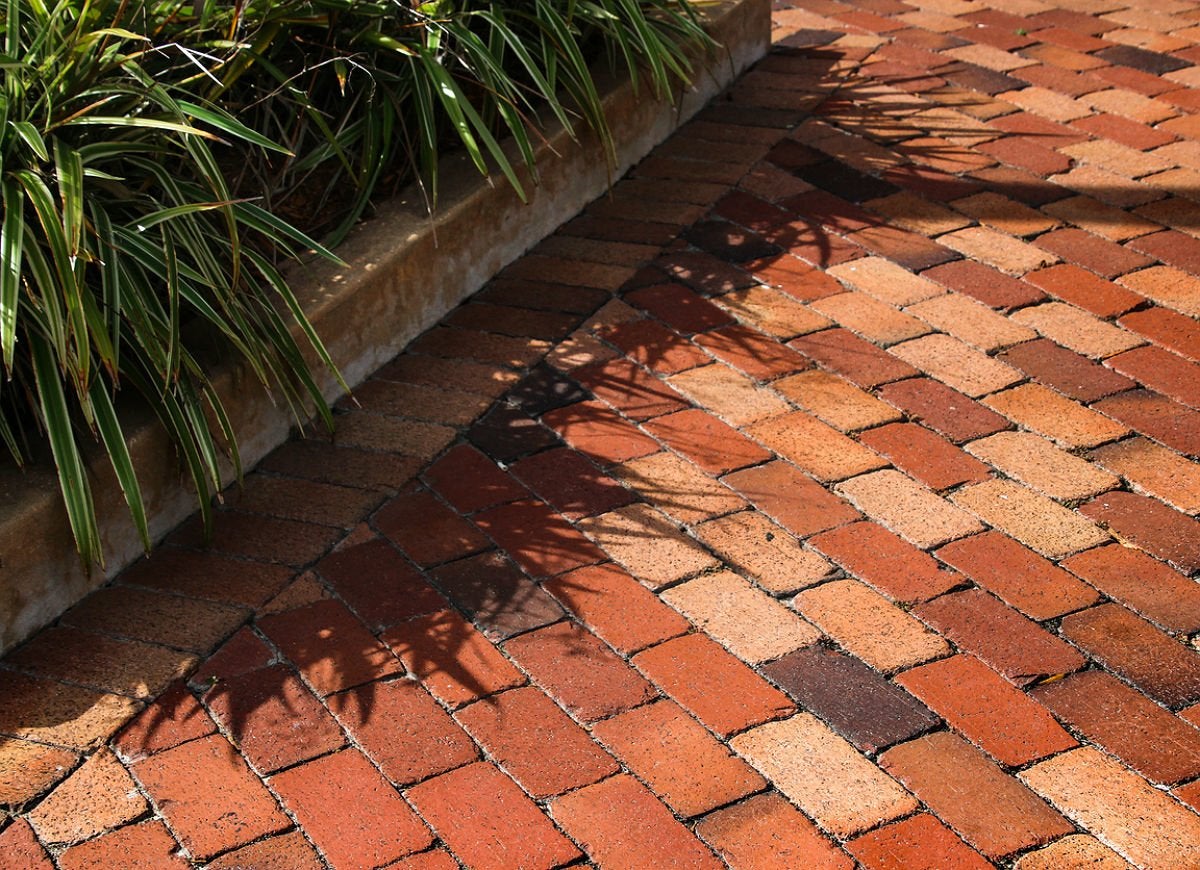
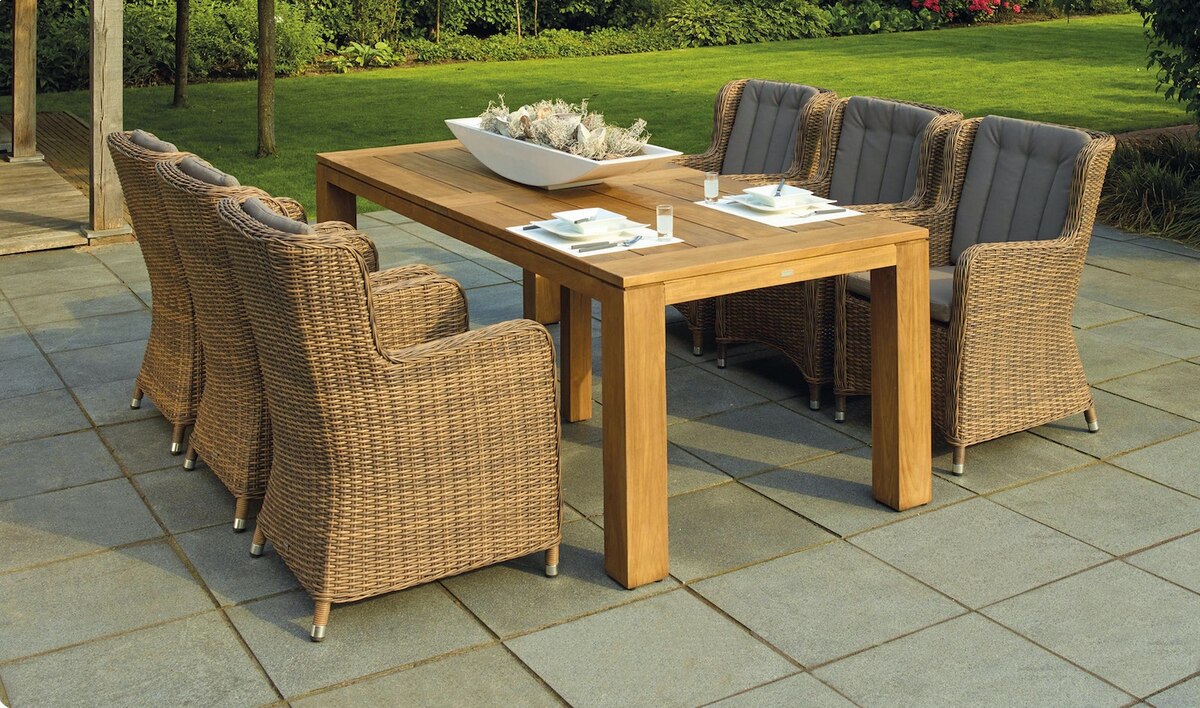
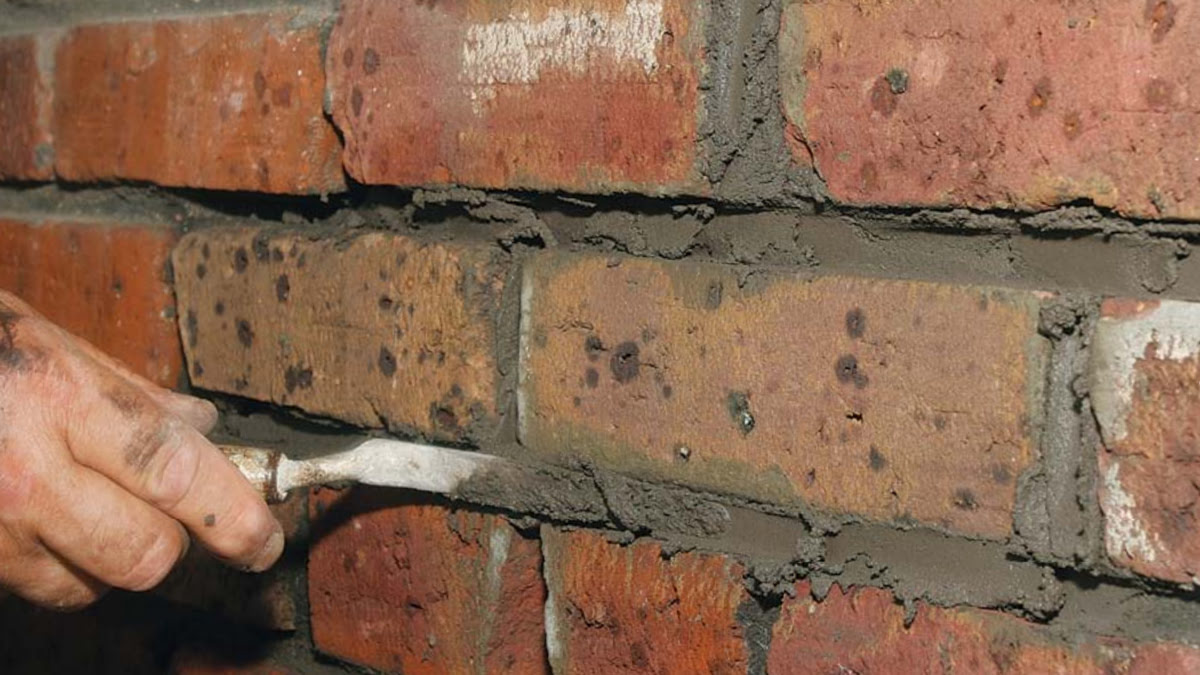
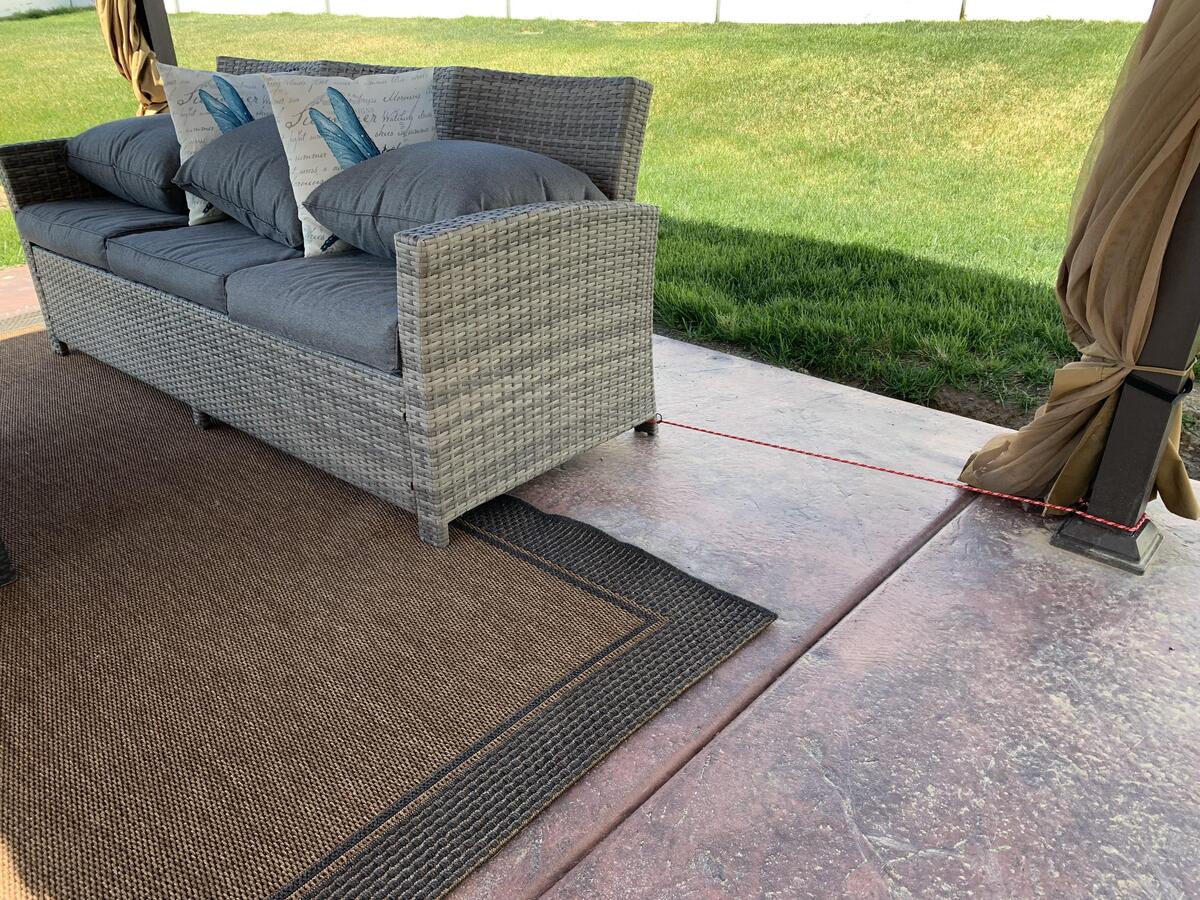
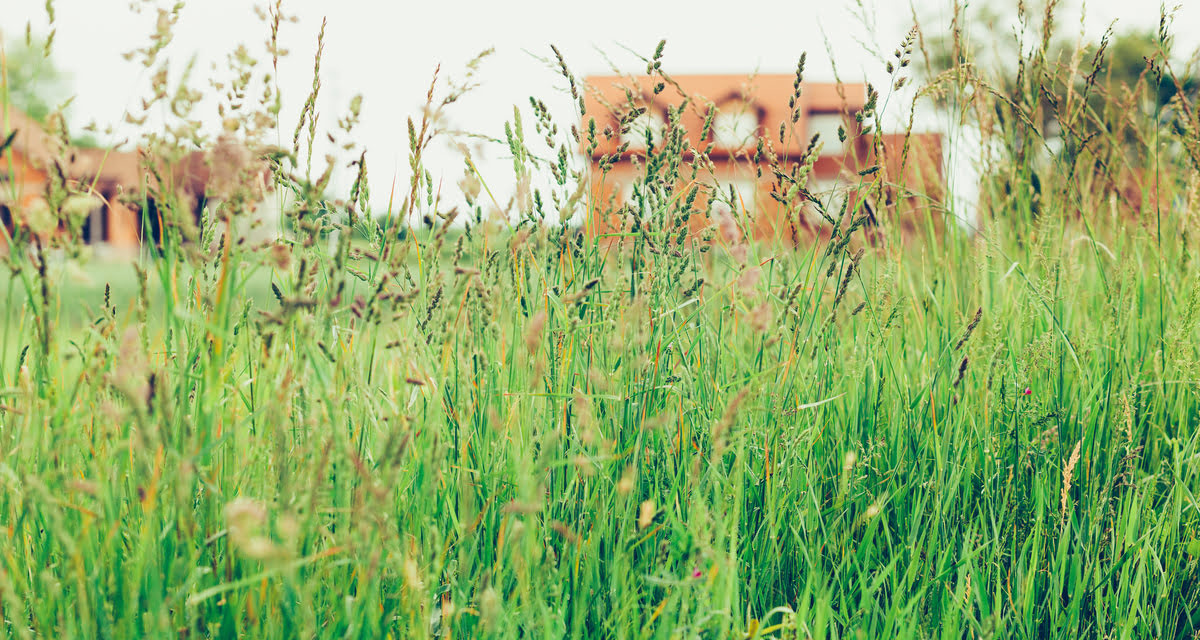
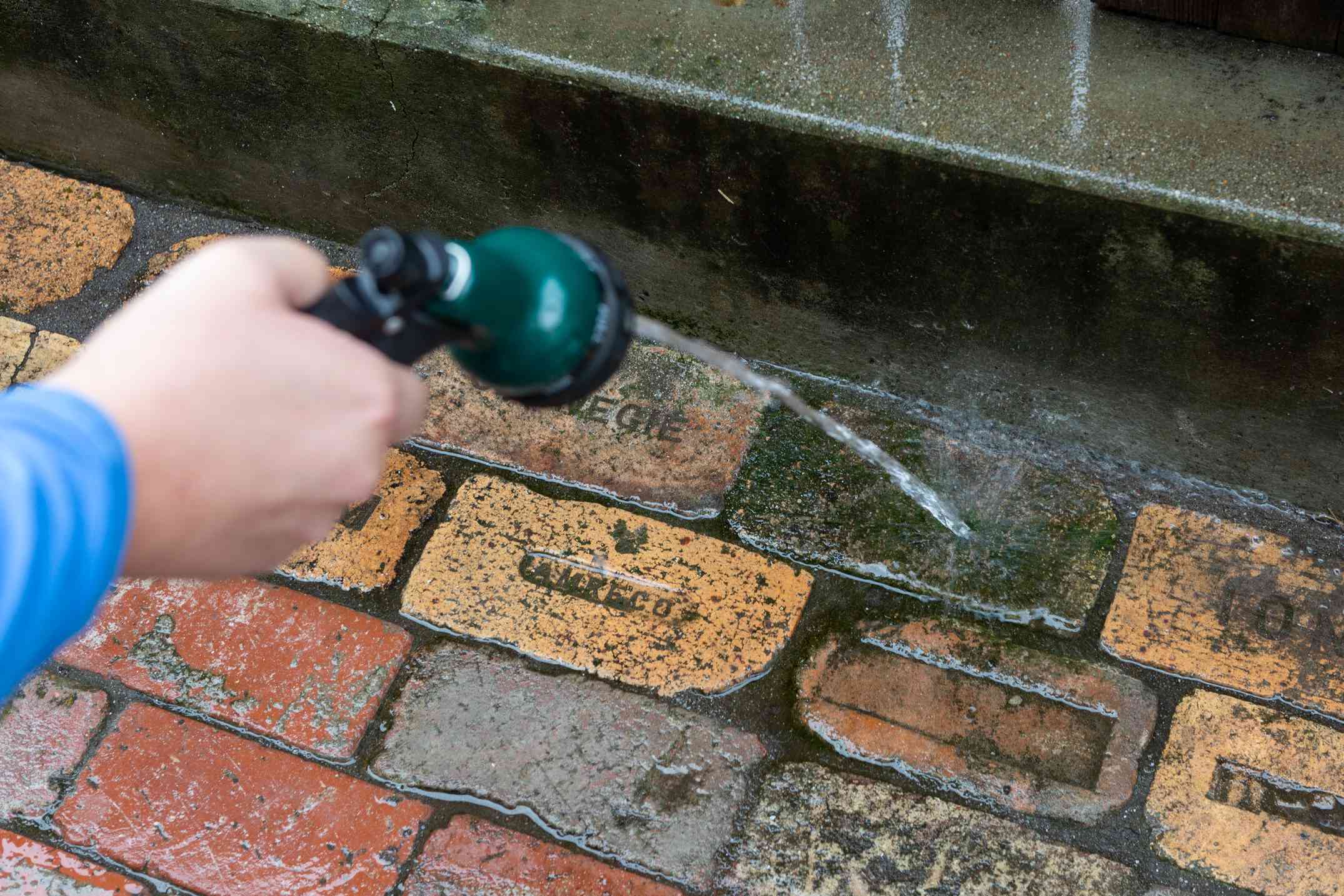
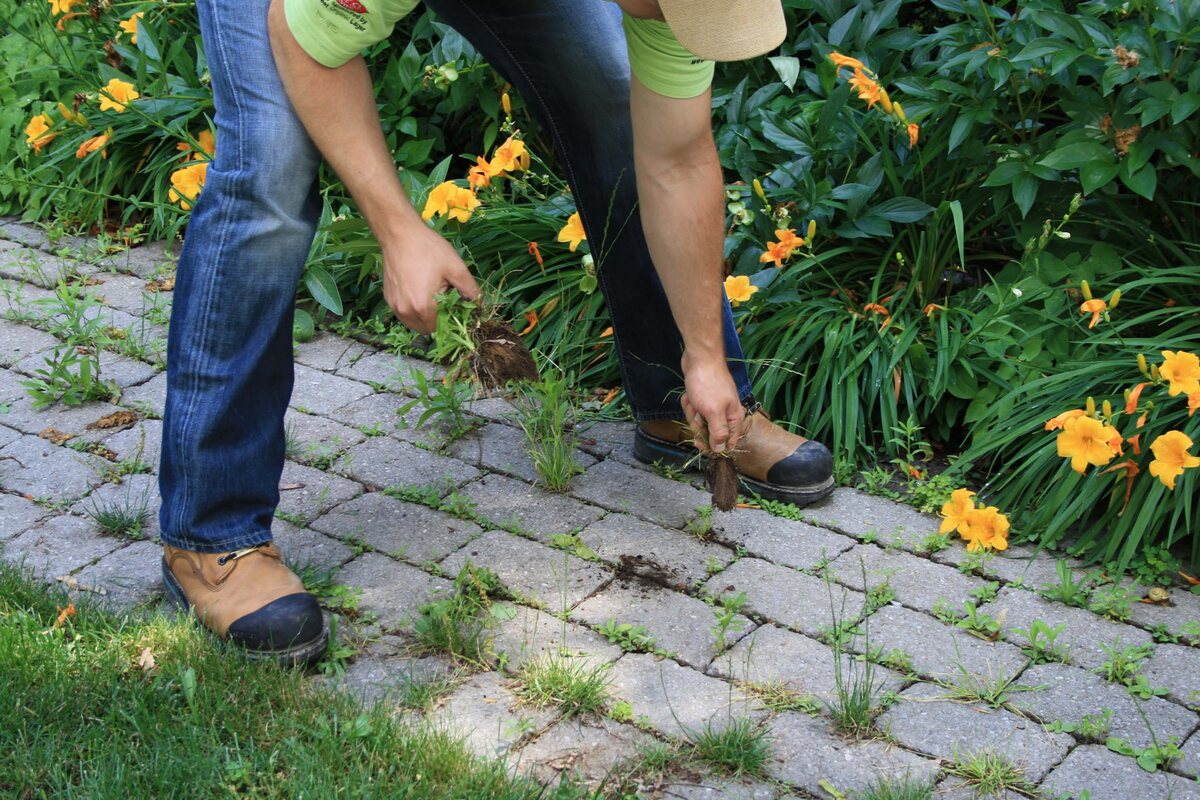
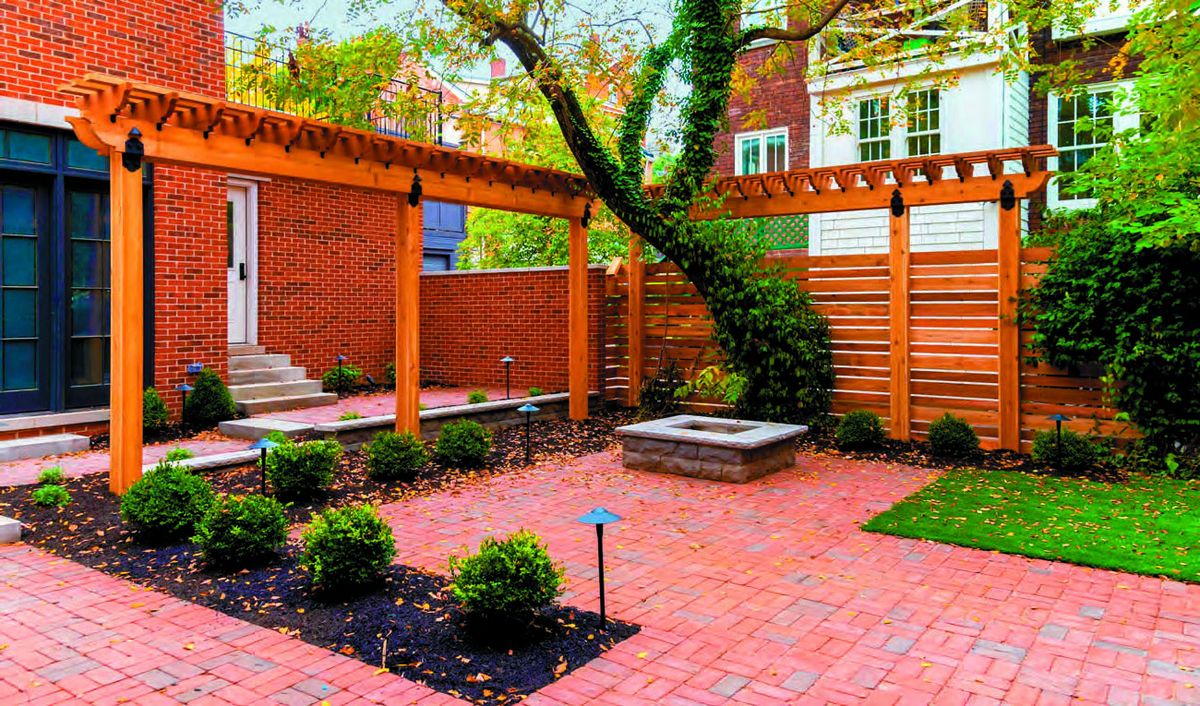

0 thoughts on “How To Prevent Algae Growth On A Brick Patio”